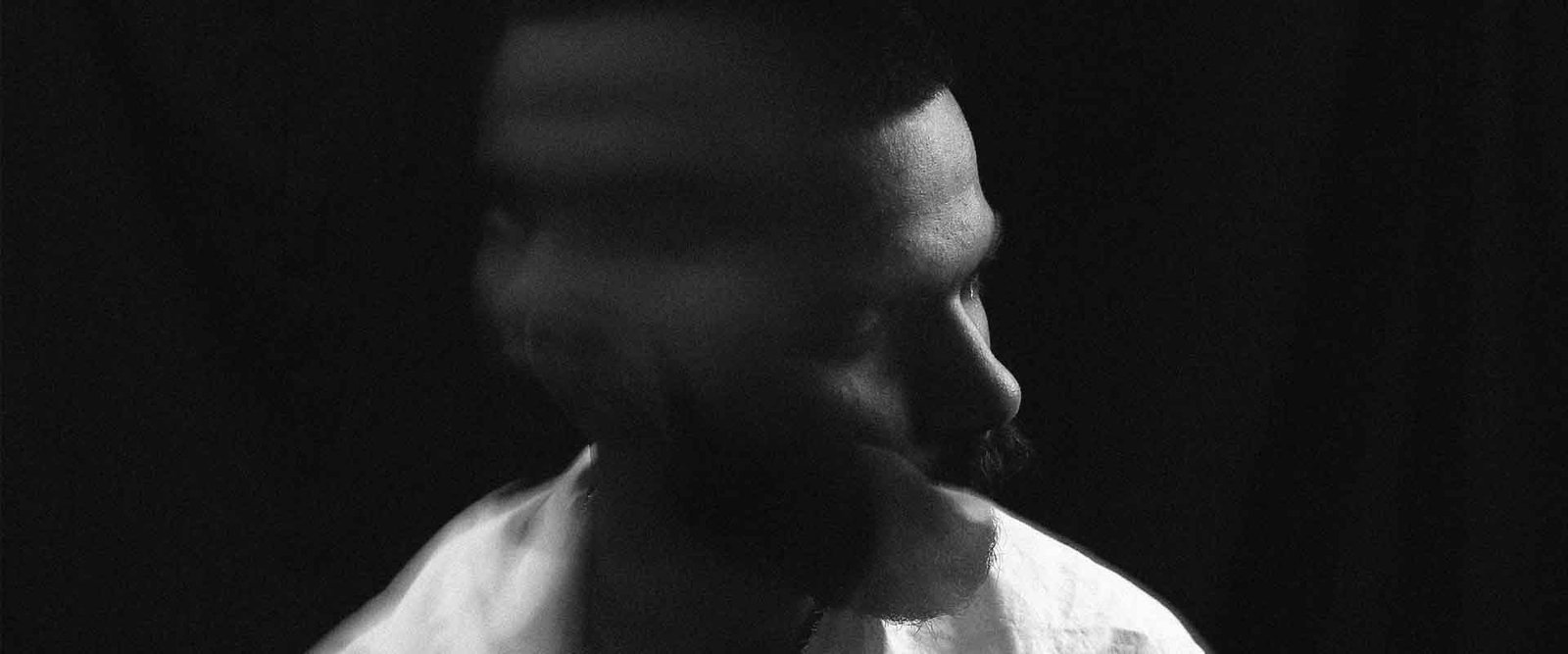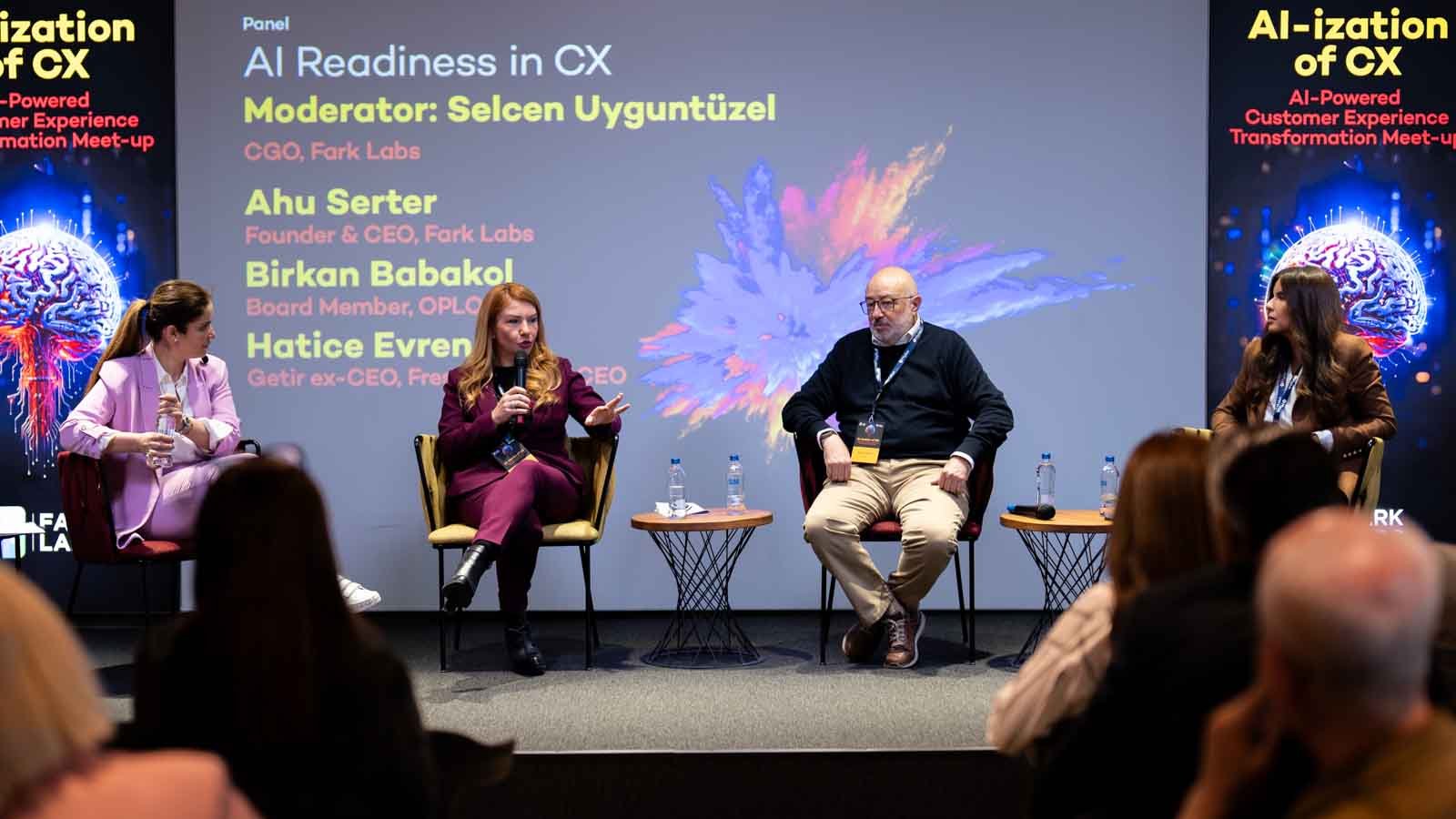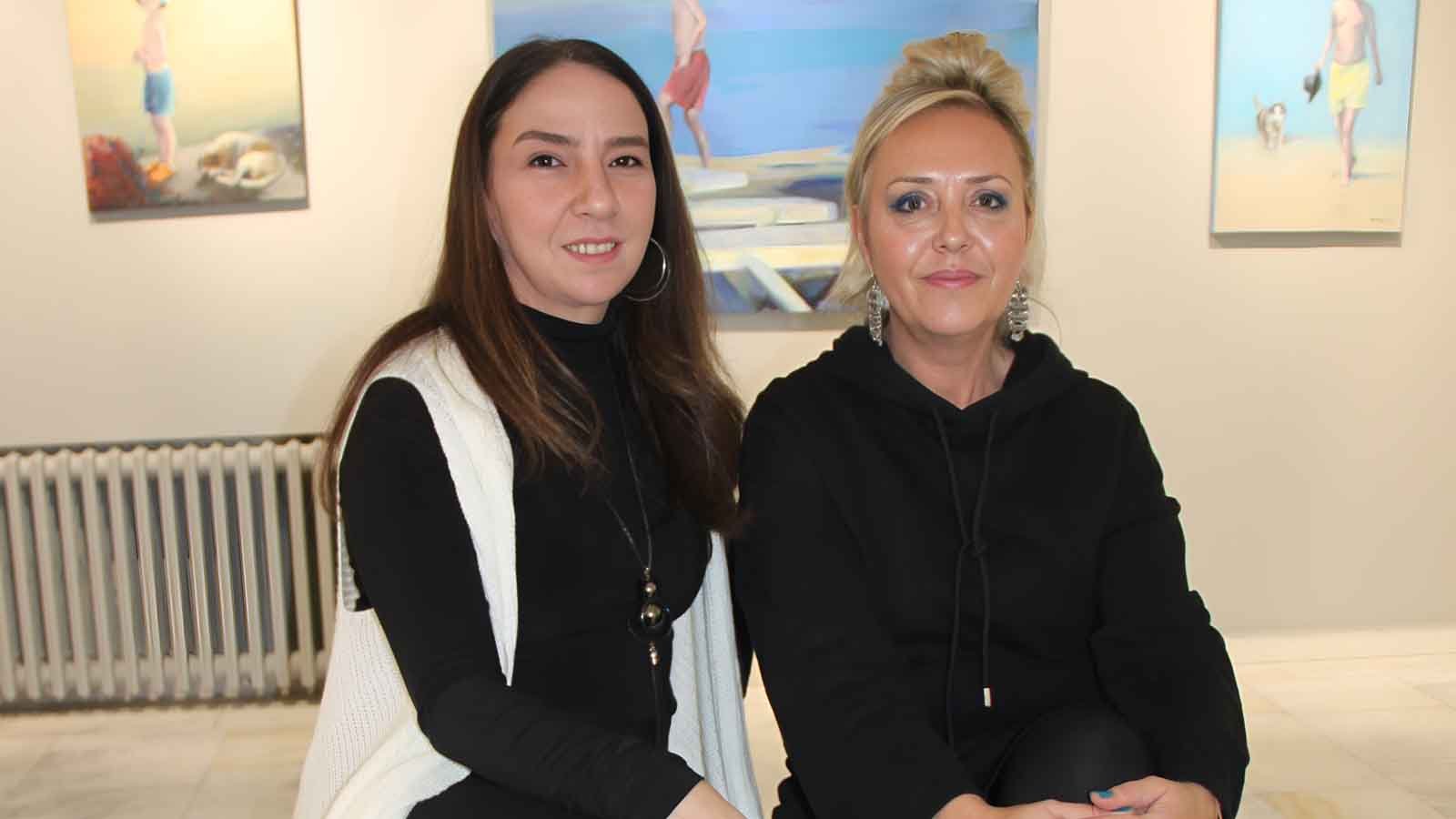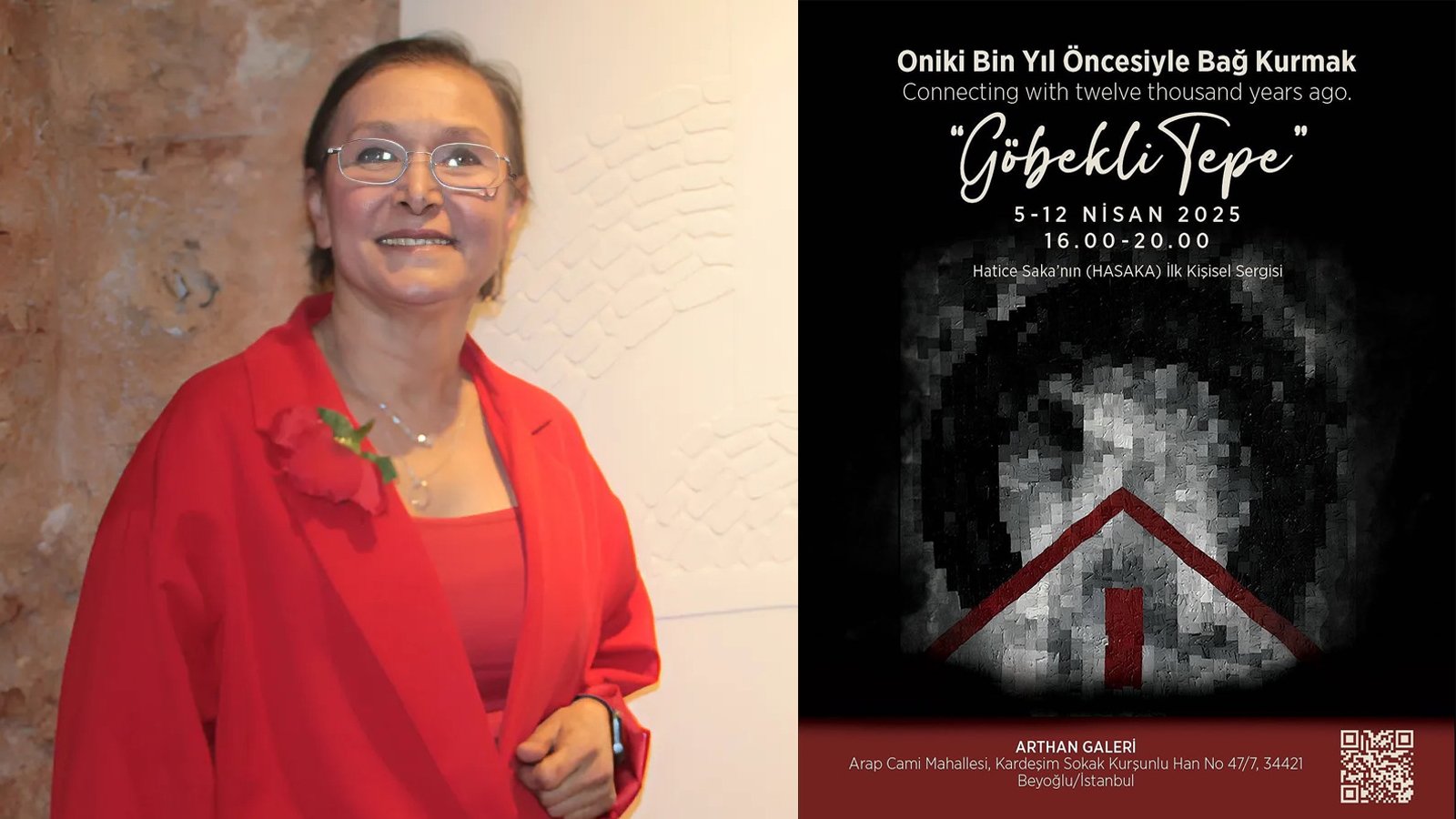Psychology is concerned with research to understand human behavior and mental processes. Psychology is both a science and an art, and both aspects help us understand human behavior. In this context, psychology experiments are an important part of research to understand human behavior. Notable psychology experiments include Stanford prison experiment, Asch experiment, Milgram experiment, Pavlov’s dogs experiment, Bobo Doll experiment, Judge’s Martava experiment, Rosenhan experiment, Harlow’s monkey experiment, Ainsworth’s attachment theory experiment, and Zimbardo’s Stanford prison experiment. Experiments such as the 40-year follow-up study of the experiment are included.
Lesser-known psychology experiments are also interesting and important. These experiments cover a broad spectrum of research to understand human behavior and mental processes. Little-known psychology experiments have been done on many different subjects. For example, the “Social Exclusion and Preservation of the Inner Self” experiment by Baumeister and Leary investigated how people react when they feel social exclusion. In addition, the “Kitty Genovese Case” experiment by Darley and Latané investigated how people behave in emergencies and how motivated they are to help. Little-known psychology experiments provide an important source of information about human behavior and mental processes.
In Baumeister and Leary’s “Social Exclusion and Preservation of the Inner Self” experiment, how do people react when they feel social exclusion?
Baumeister and Leary’s experiment “Social Exclusion and Inner Self Protection” focused on how people react when they feel social exclusion. In this experiment, while the participants were working in a group of three, after a while they were excluded from the group and left alone. Participants are then asked to fill out a questionnaire and the questionnaire focuses on how participants rate themselves and their personality.
This experiment showed that social exclusion can reduce people’s self-confidence and negatively affect their self-esteem. But the experiment also showed that people develop various defense mechanisms to protect their inner selves. These defense mechanisms include positive self-evaluation, humiliation of other people, and self-motivation.
This experiment has helped us understand how people can react when they feel social exclusion and the effects these reactions have on people’s mental health. He also examined the effects of social exclusion on personality development and inspired new research on this subject.
In Darley and Latané’s “The Case of Kitty Genovese” experiment, how do people act in emergencies and how motivated are they to help?
Darley and Latané’s “The Case of Kitty Genovese” experiment focused on how people behave in emergencies and how motivated they are to help. This experiment was inspired by the 1964 New York incident in which a woman named Kitty Genovese was assaulted and killed on the street.
The experiment asked participants to be exposed to the presence or absence of someone calling for help in a time of crisis during a conversation. As a result of the experiment, it was observed that when there are more people, everyone leaves the help to others instead of helping. This result shows that people share their responsibilities in emergencies due to the presence of others and therefore are less motivated to help.
The experiment helped us answer the questions of “how participants behave in emergencies” and “how motivated they are to help”. It also raised awareness on this issue and encouraged people to be more active and responsible in helping in emergencies.
In Bargh and Chartrand’s “Social Impact of Automatic Behaviors” experiment, why do people imitate the behavior of others and how do these behaviors affect them?
Bargh and Chartrand’s “Social Impact of Automatic Behaviors” experiment focused on why people imitate the behavior of others and how these behaviors affect them. This experiment explores the social effects of behaviors that people unconsciously engage in, called “automatic behaviors.”
The experiment showed participants a series of pictures, and in each picture, one person or group imitated the behavior of another person. Afterwards, the participants were asked to make evaluations about the people in the pictures. As a result of the experiment, it was observed that the participants exhibited a more positive and sympathetic attitude towards the imitated people.
This experiment helped us to understand that people automatically imitate the behavior of others and how these imitations affect our attitudes about others. Also, this experiment provided a deeper understanding of the underlying processes in social interactions and raised awareness of how people can act more consciously in their social interactions.
In Neisser and Harsch’s “Flashbulb Memory” experiment, how do people change the way they remember a challenging event and how consistent do they have in their memory?
Neisser and Harsch’s “Flashbulb Memory” experiment was conducted to examine how people remember a stressful and emotionally charged event. This experiment aimed to provide information about the way people remember certain events, called “flashbulb memory,” and how consistent this recall is.
The experiment was carried out the day after the 1986 Challenger space shuttle crash. The subjects were asked for details such as where they were when they learned of the accident, what they were doing and who they were with. Then, 2.5 years later, the same subjects were asked the same questions again. During this time, the subjects did not consult any source of information to recall the accident.
The results of the experiment showed that the way people remember a stressful event is highly variable. While the subjects remembered some details, such as where they were at the time they learned of the accident and who they were with, they were inconsistent with other details. In addition, the experimental results also showed that the subjects’ recall consistency decreased over time.
This experiment is important for understanding the complexity of human memory and how emotional events are processed in memory. Flashbulb memory emphasizes the importance of emotional factors in the recall process and provides information about the flexibility of human memory. Also, this experiment raises awareness of how memory errors can arise, by showing that memory consistency can degrade over time.
In Liberman, Samuels, and Ross’s “Assistence Delusion” experiment, why do people make quick decisions about other people’s personality traits, and are those decisions correct?
Liberman, Samuels, and Ross’s Assertive Delusion experiment was conducted to examine people’s tendency to make quick decisions about other people’s personality traits and the accuracy of these decisions.
The experiment started by giving the subjects a few words, and they were asked to create a personality profile using those words. Next, the subjects were given lists of words and this time they were asked to use more words to create a personality profile. However, this time, some word lists contained more positive or negative words than others.
Experiment results showed that subjects tended to make quick decisions about personality profiling and made impulsive decisions that could lead to misunderstandings about other people’s personality traits. It was also observed that the subjects showed inconsistencies in their personality profiles based on the amount of positive or negative words in their word lists.
This experiment reveals the difficulties people have in the process of getting to know and understand other people by showing that people’s tendency to make quick decisions is not true. In addition, the experiment highlights that people’s prejudices and impulsive decisions can lead to negative consequences when constructing their personality profiles.
In Milgram’s “Authority and Obedience” experiment, why do people obey authority figures so easily, and why can this obedience sometimes cross moral lines?
Milgram’s “Authority and Obedience” experiment was conducted to examine why people readily obey authority figures and why this obedience can sometimes cross moral lines.
The experiment began by assigning the subjects the roles of a teacher and a student. The student would be exposed to electric shocks and the teacher would administer these electric shocks. However, the electric shocks were not real and the student was actually a toy person.
In the experiment, the experimenter, the teacher’s authority figure, told the teacher to give the student an electric shock every time his answer was wrong. As the shocks increased in intensity, the student reacted by pretending to be in pain. To comply with the instructions of the authority figure, the teachers continued to give high-intensity electric shocks to the student, going beyond moral boundaries.
Experimental results showed that people easily obey authority figures and this obedience can go beyond moral boundaries. The experiment also highlights that people can make decisions under the influence of social norms within a group, and these norms can lead to compromising moral behavior.
This experiment helps us understand the impact of individual moral behavior at the societal level by showing how people can submit to social pressure and authority figures.
In the “Confusion Experiment” by Festinger and Carlsmith, why do people sometimes argue against their own opinions, and why?
Festinger and Carlsmith’s “Confusion Experiment” was conducted to understand why and why people can sometimes argue against their own opinions.
In the experiment, subjects were given a series of monotonous and boring tasks. The subjects were then asked to tell the next participant how enjoyable the task was. However, some subjects were paid only $1 for this task, while others were paid $20.
Next, the subjects were asked to state their true opinion about the task, which was actually boring. Those who were paid $1 were more likely to argue that the task was enjoyable than those who were paid $20. This indicates that the experimenters had a conflict in their minds that they had received a small amount of payment, and they began to argue against their own ideas to eliminate this contradiction.
This experiment shows that in order to resolve the contradictions in their own minds, people can defend their opposite ideas and try to reduce these contradictions. It also shows that people’s behavior is often influenced by a combination of internal attitude and external factors.
This experiment shows that people’s internal attitudes can be shaped by many external factors. This helps us understand the multitude and complexity of factors that influence people’s behavior and decisions.
In Asch’s “Social Pressure and Adaptation” experiment, why do people sometimes conform to the majority opinion despite their own observations, and what are the consequences?
In Asch’s “Social Pressure and Adaptation” experiment, why people adapt to social pressure and what kind of consequences this adaptation has were examined. In the experiment, participants are shown a series of lines and asked which line is the same length as the sample line. But the real purpose of the experiment was to see how many of the participants were imitating the majority’s inaccurate answers. The results of the experiment showed that the participants tended to conform to the majority opinion, but some experienced conflicts between their own observations and the majority’s opinion. This experiment has been an important example for understanding people’s tendencies to conform to the majority opinion and its consequences.
Bandura’s “Bobo Baby Experiment” explores why and how children learn violent behavior, and what are the long-term effects of this learning?
Bandura’s “Bobo Baby Experiment” investigated why and how children learn violent behavior. In the experiment, children are shown a violent video and then given a doll named Bobo doll. Children begin violently beating the doll, imitating the violent behavior in the video.
This experiment is one of the first examples to show that media tools such as television and video games can affect children’s behavior. Based on the results of this experiment, Bandura suggested that children’s learning occurs through modelling, that is, by example. This experiment increased public awareness of how violent media influence children’s behavior.
The long-term effects of this learning were also investigated. For example, instead of avoiding violent behaviors, children can learn and adopt these behaviors. This can have a negative impact on children’s social lives, future behavior and personality. Therefore, the importance of the content of the media to which children are exposed is an issue that should be taken seriously by parents and educators.
In Harlow’s “Effects of Social Isolation” experiment, how do monkeys behave and what are the long-term effects of social isolation on mental health?
In Harlow’s experiment, baby monkeys were separated from their mothers and raised alone. This situation prevented the puppies from showing a healthy development. The pups exhibited depressive behaviors, self-harming behaviors and did not develop social skills. In the long run, social isolation is thought to cause monkeys to experience various mental health problems throughout their lives. These can include depression, anxiety, aggressive behavior, and personality disorders. Harlow’s experiment showed similar results in humans, and it was revealed that social isolation can cause mental health problems in children.




























